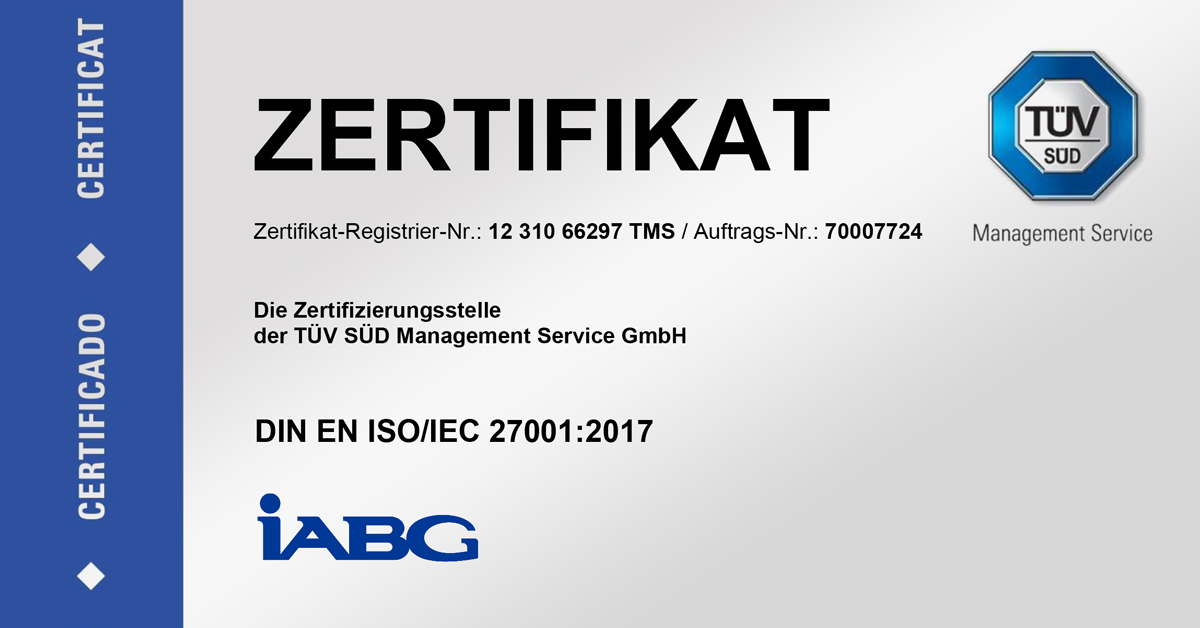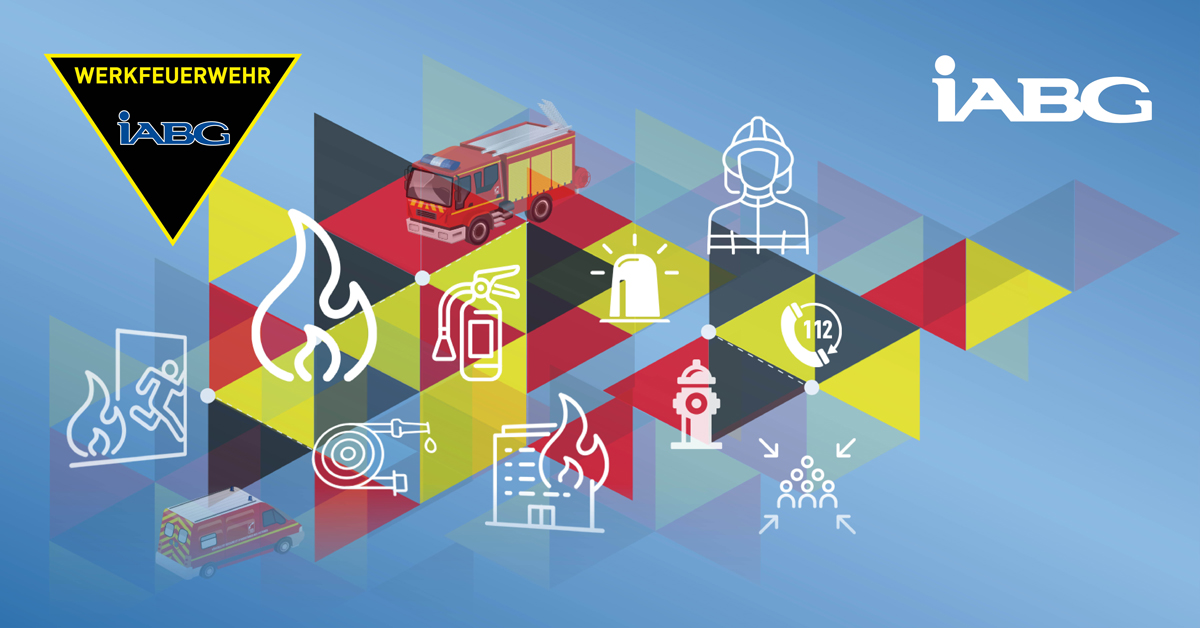Together with one hundred invited guests, the fatigue test on the Airbus A340-600 began officially on 30. October 2001.
Prof. Schwarz explained in his speech the high level technical challenges of IABG - dynamic testthis test and thanked the members of staff involved for their commitment. He described the closely defined scheduling of the boundary conditions for the test set-up and the commissioning of the test facilities and the good cooperation between IABG, its sub-contractor IMA Dresden and Airbus-Deutschland in Hamburg, which played a crucial role in the success.
One of the highlights of the event was the announcement by the representative of Airbus-Deutschland, Mr Trötzer, that in principle the decision had already been taken to have the Airbus A380 tested in Dresden as well. This first public declaration of intent was welcomed with enthusiastic applause by all those present.
The loads are simulated time-accelerated in the test phase beginning now for the Airbus A340-600 for about 1 ½ years. These loads are expected during the later airline service life of about 25 years. The conduct of the test is undertaken in a 3-shift operation on a 24 hour basis with the aim of simulating 40 000 flights.
The aim of these tests is to prove that there are no deficiencies in the aircraft structure and the aircraft reacts in a damage-tolerant way. The test results are an important part of the certification of the Airbus A340-600 by civil aviation authorities. The certification is expected for spring 2002.
For the first time for this test, a new test technique developed by IABG will be used which enables a considerable reduction in the necessary test time as a result of the increased test speed, compared to the tests conducted in the past.
Together Staatssekretär (State Secretary) Prof. Zeller of the State of Saxony Ministry for Economic Affairs and Employment, Mr. Trötzer of Airbus-Deutschalnd, Dr. Hanel of IMA Dresden and Prof. Schwarz of IABG pressed the start button to start the test. All participants had then the opportunity to observe the impressive test sequence with deflections at the wing tips of up to 2.85 meters.
- Business Fields
-
Automotive
- Automotive
-
-
Testing and fatigue strength
- Testing and fatigue strength
- Complete vehicles
- Vehicle bodies
- Chassis
- Engine & Powertrain
- Interiors
- Safeguarding mechatronic systems
- Advice on Test Programmes and Test Signals
- Prüfstandsbau
- Development Services
- Climatic Environmental Simulation
- Materials Testing and Failure Analysis
- Publications
-
Testing and fatigue strength
-
InfoCom
- InfoCom
-
- Shaping digitization securely
-
Cyber security
- Cyber security
- ISMS and risk analysis
- Technical IT security
- Cyber Defence
- BOS Digital Radio Network
- Industry 4.0 / Internet of Things
- Control and situation centres
- Satellite navigation - Satellite communication
- Safe City
- IT Public procurement management
- Government Agency Networks
-
Mobility • Energy
- Mobility • Energy
-
- Rail & track
- Sicheres Autonomes Fahren
- Testing and qualifying hydrogen technologies
- Construction of burst chambers
- Nuclear technology
-
Safeguarding of artificial intelligence (AI)
- Safeguarding of artificial intelligence (AI)
- The new DIN SPEC 92005
-
Engineering and Support of wind energy plants
- Engineering and Support of wind energy plants
- Technical computations and system simulation
-
Testing & qualification of wind energy plants
- Testing & qualification of wind energy plants
- Test stand construction and testing
- Testing and Fatigue Strength
- Materials Testing and Failure Analysis
-
Mobility services
- Mobility services
- Inductive energy transmission
- Environment & geodata service
-
Aeronautics
- Aeronautics
-
- Experimental testing
- Development of functional and system test benches
- Structural monitoring, inspection and analysis
- Functional Safety and Operational Safety
-
Provision of the test infrastructure
- Provision of the test infrastructure
- Our test halls and test sites
- Functional test benches
- References
- Publications
-
Space
- Space
-
- Mechanical Tests
- Space Simulation tests
-
Electromagnetic Tests
- Electromagnetic Tests
- Electromagnetic compatibility (EMC)
- Magnetic field measurement / Magnetic field simulation
- Infrastructure
- Engineering support
-
Management consulting
- Management consulting
- Programme Support
- Consulting on the implementation of management systems
- Project references
-
Defence & Security
- Defence & Security
-
- Domains
-
Services & solutions
- Services & solutions
- Capability Management
- Procurement support
- Services, operation & training
- Smart Tools
-
Expertise
- Expertise
- Integrated Logistics
- Life Cycle Cost Management
- IT-Security
- Survivability
- Vulnerability & effect on target
- Human factors & ergonomics
- Safety
- Systemic Analysis
- Security Policy
- Architecture & Process modelling
- Modelling & Simulation
- Intelligence, Surveillance & Reconnaissance (ISR)
- Systemt engineering AIR
- System engineering SPACE
- System engineering MARITIME
- Armament
- Sensor systems
- C4I systems
- Protection, Impact- and High Risk Testing
- Technology Roadmapping
- Innovation


